What is functional strength training?
Functional strength training could make your everyday life a little bit easier


It’s a buzz term that has leapt into mainstream consciousness recently, but what exactly is functional strength training?
According to the experts, it's a way of training that prepares your body for the rigors of everyday life. That means it involves emulating everyday activities, such as picking up heavy boxes, while also encouraging you to strengthen your body to avoid general injury.
To get some better insight into the best methods for functional strength training, we spoke to health coaches and personal trainers – here's what they had to say.
Is functional training different from traditional strength training?
Strength training (as the name suggests) is designed with the sole focus of making you stronger at a series of gym-based movements – often centered around the bench press, deadlift and squat. Functional strength training, on the other hand, builds real-world strength so your body can handle whatever life throws at you.
“The two training methods are very different,” says WIT Fitness coach Monica Swain. “Traditional strength training is more static and isolated, however functional strength training is just that: functional. You work on your strength through multiple ranges of motion across different directions.”
This helps you build enough strength to perform everyday tasks with greater ease, for example carrying your shopping home or picking something up from the floor and putting it up on a shelf.
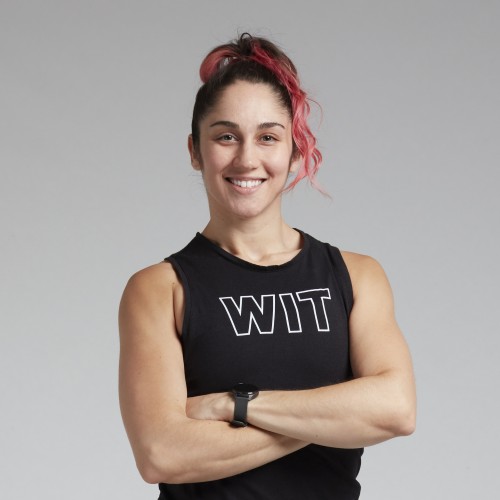
Monica is a CrossFit coach and also holds a British Weightlifting Level 2 certificate. Monica has been a coach at WIT Fitness for 2 years now and is passionate about helping members master movements and become fitter and stronger. Monica is also a professional West End performer.
What are the benefits of functional strength training?
Scientific research around functional strength training is still fairly sparse, but one systematic review published in Frontiers in Physiology delves into the effect this training style can have on athletes. The review found strong evidence suggesting it can improve speed, muscular strength, power and balance, and moderate evidence suggesting it improved flexibility and muscular endurance too.
Start your week with achievable workout ideas, health tips and wellbeing advice in your inbox.
“Functional strength training offers a range of benefits including developing strength in different positions that carry over well to normal life,” Jade Skillen adds.
“Due to the nature of the large full body movements involved, you’ll burn lots of calories and get a cardiovascular benefit as well – the more muscles you use in a movement the greater the demand on your circulatory system.
“By stimulating muscles and joints with different loads and from different angles you’ll build robustness into your body. You’ll also develop better control [over your body] and the ability to express your strength through stronger neuromuscular connection.”

Jade is one of only two coaches accredited in the UK as a HYROX Master Trainer, she’s coached multiple HYROX World Champions and is a sought after resource for the HYROX community. Jade’s coaching experience is built off of her own real world experience as one of the top HYROX Pro competitors in the UK.
Do you need weights for functional strength training?
This training style can incorporate all the usual muscle-building tools like barbells, kettlebells, sandbags or even a set of the best adjustable dumbbells. But you don’t need all this kit to gain functional strength.
Skillen explains: “You can create an amazing functional strength workout just using your bodyweight; think bodyweight squats and lunges, push-ups, pull-ups, crawls and isometric holds, like the plank.”
There are plenty more bodyweight exercises at your disposal too, with Max Rusowski recommending enlisting the help of a coach to explore the options available to you.
“Loads of exercises are hard enough as they are and you have unlimited options to make them harder,” he says. “Let’s take a single leg squat as an example. You start with a lunge, then move on to a Bulgarian split squat, and finish with a pistol squat. You just need a good coach to help you to do the exercises and then you are ready to go on your own.”
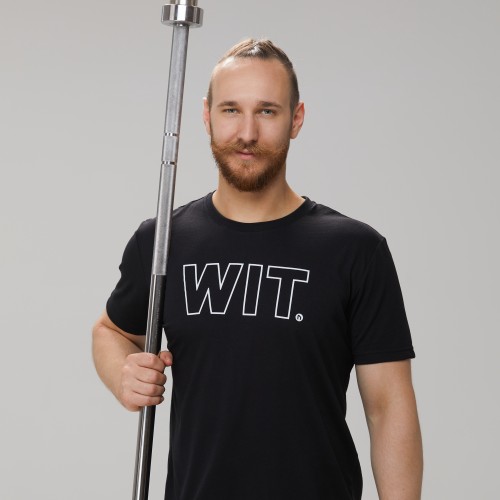
Max's sporting background is in Judo. He trained professionally and competed for 12 years. Max's motivation to coach is to make people better every day and help them reach their full potential – he first became a coach because in Judo he was good technically, but not strong. Just after his 19th birthday, he found CrossFit and it was love at first sight!
Functional strength exercises
To help you get a taste for functional strength training, we asked athlete and coach Jade Skillen to compile five bodyweight exercises you can try at home.
You'll work through a series of diverse movements when you're building functional strength; we'd recommend working out in a pair of the best cross training shoes, rather than using your old beat-up sneakers, to support your exercise regime.
Walking lunges
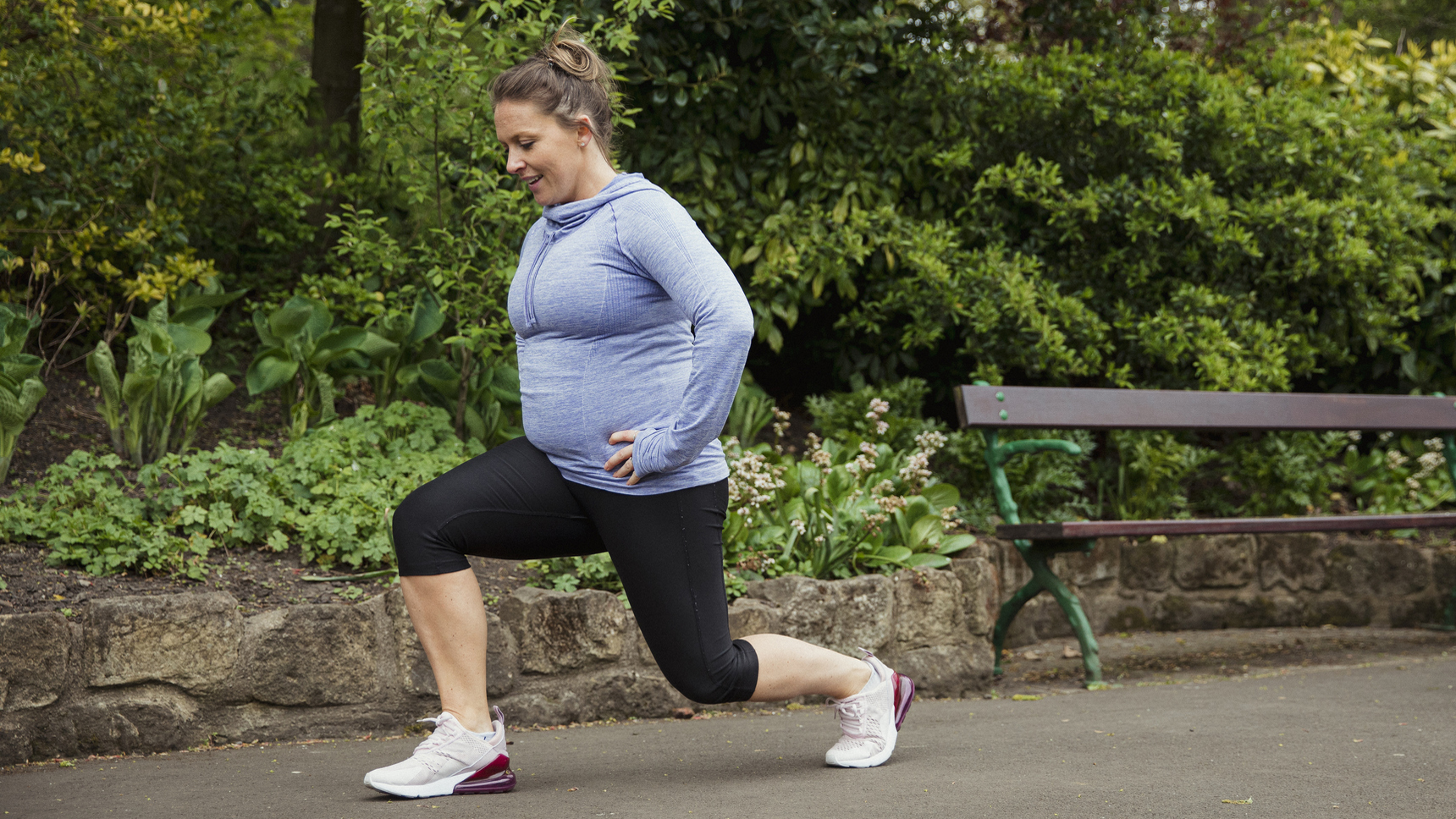
- Starting with both feet underneath your body, shoulder width apart, take a step forward leaving your back foot in place.
- Drop your back knee to the ground then push off with your back foot to bring both feet level.
- Rinse and repeat
Squats
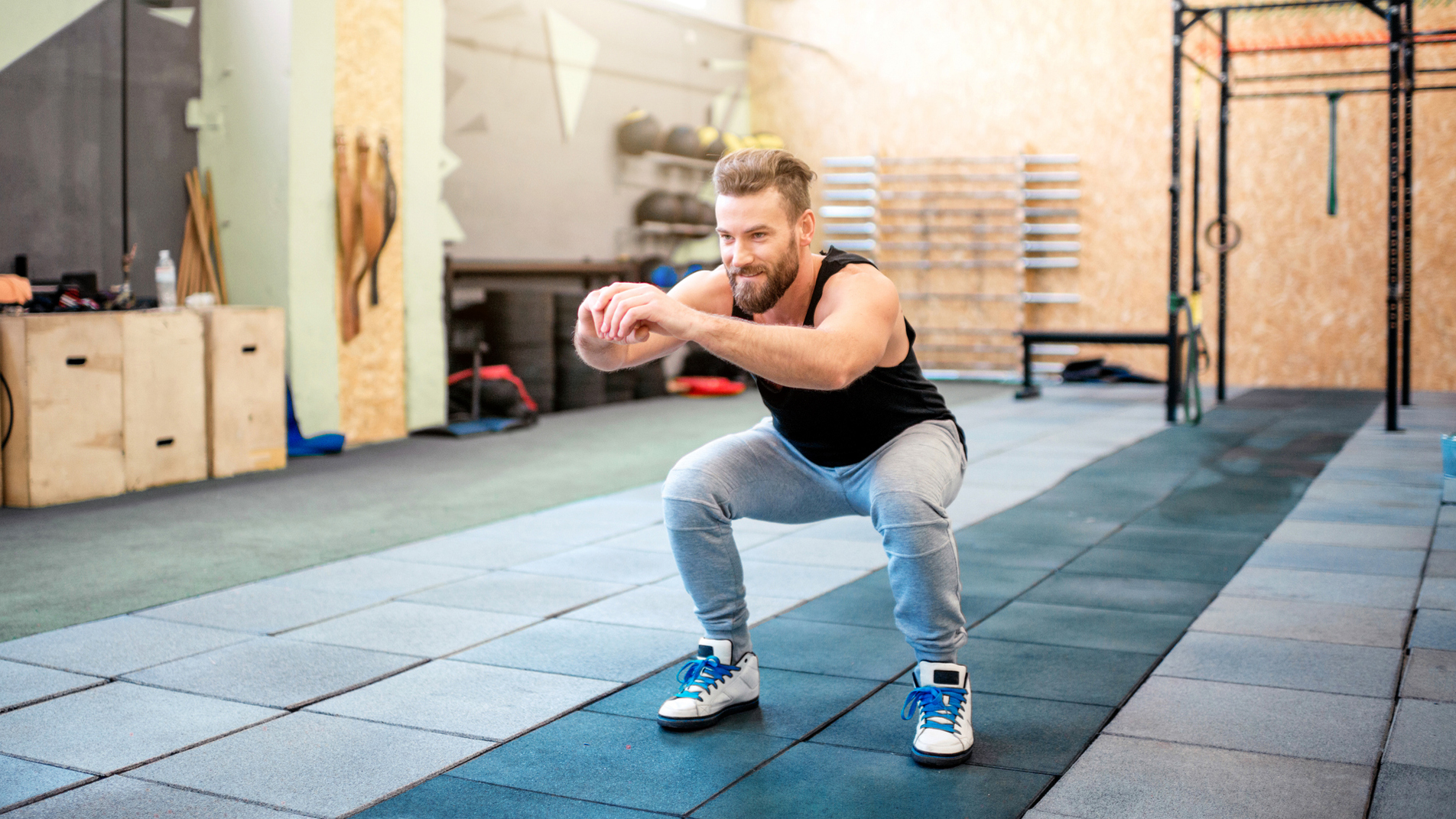
- Start with both feet underneath your body, slightly wider than shoulder width apart. Keep your weight evenly distributed across both feet.
- Keeping your heels on the floor, drop your hips parallel to the ground (or lower if you have the mobility).
- Push through your feet to return to straighten your legs and return to a standing position.
Lying glute bridge
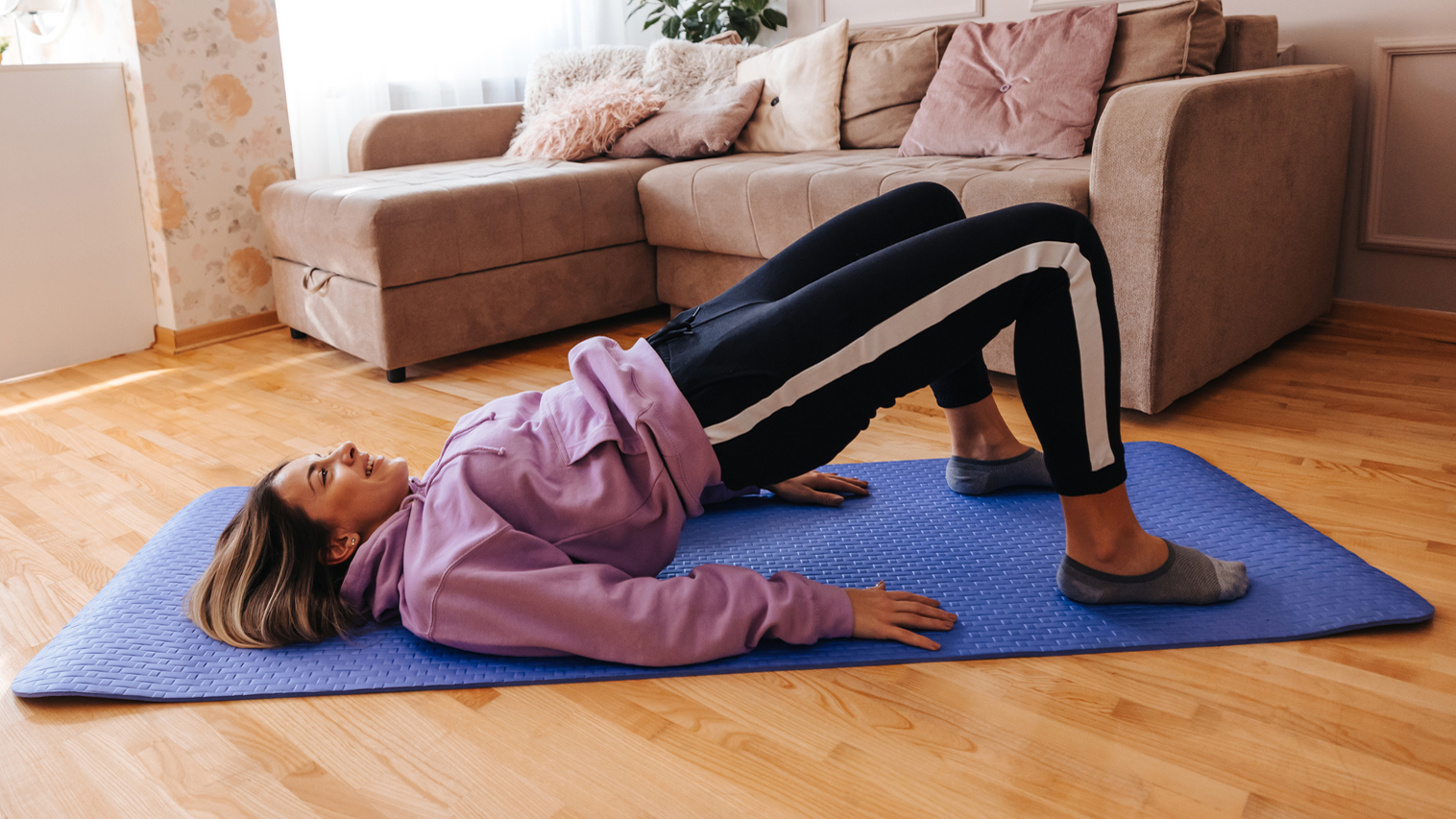
- Lying with your back on the floor, position your feet underneath your bum (your knees will be off the floor).
- Squeeze your glutes to press your body off the floor until your thighs and torso form a straight line, focusing on feeling the contraction in your glutes.
- Return your back to the ground to complete the rep.
Push ups
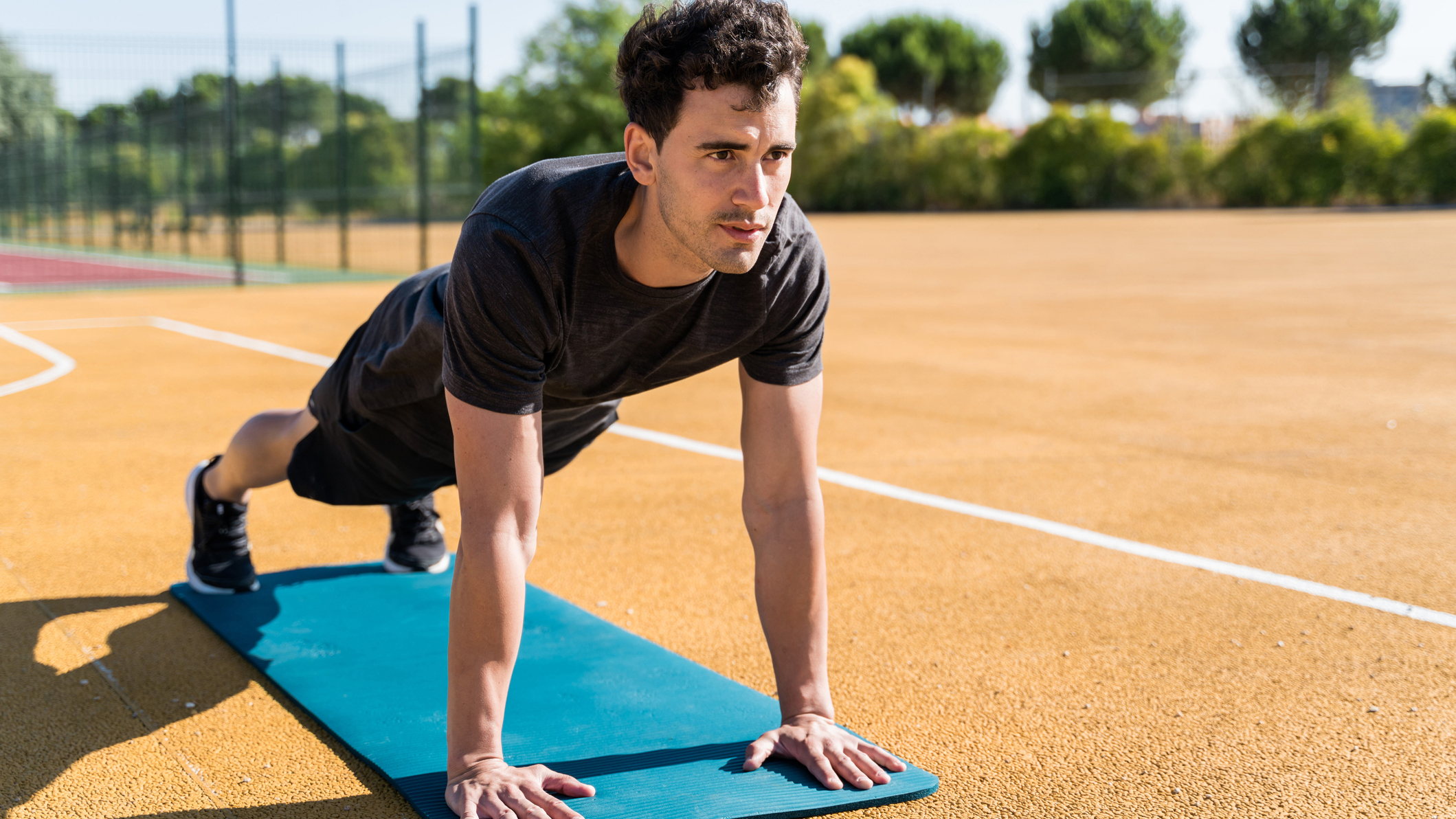
- Start with your chest on the floor and position your hands underneath your shoulders, keeping your elbows tucked in close to your torso.
- Press your body off the floor by pushing downwards through your hands, maintaining a straight line through your ankles, knees, hips and shoulders.
- Push your body upwards until your elbows are locked out, then return to the starting position with your chest to the floor.
- You want to have a rigid torso throughout the movement, which will mean your chest is the first thing to hit the floor.
Farmer carries
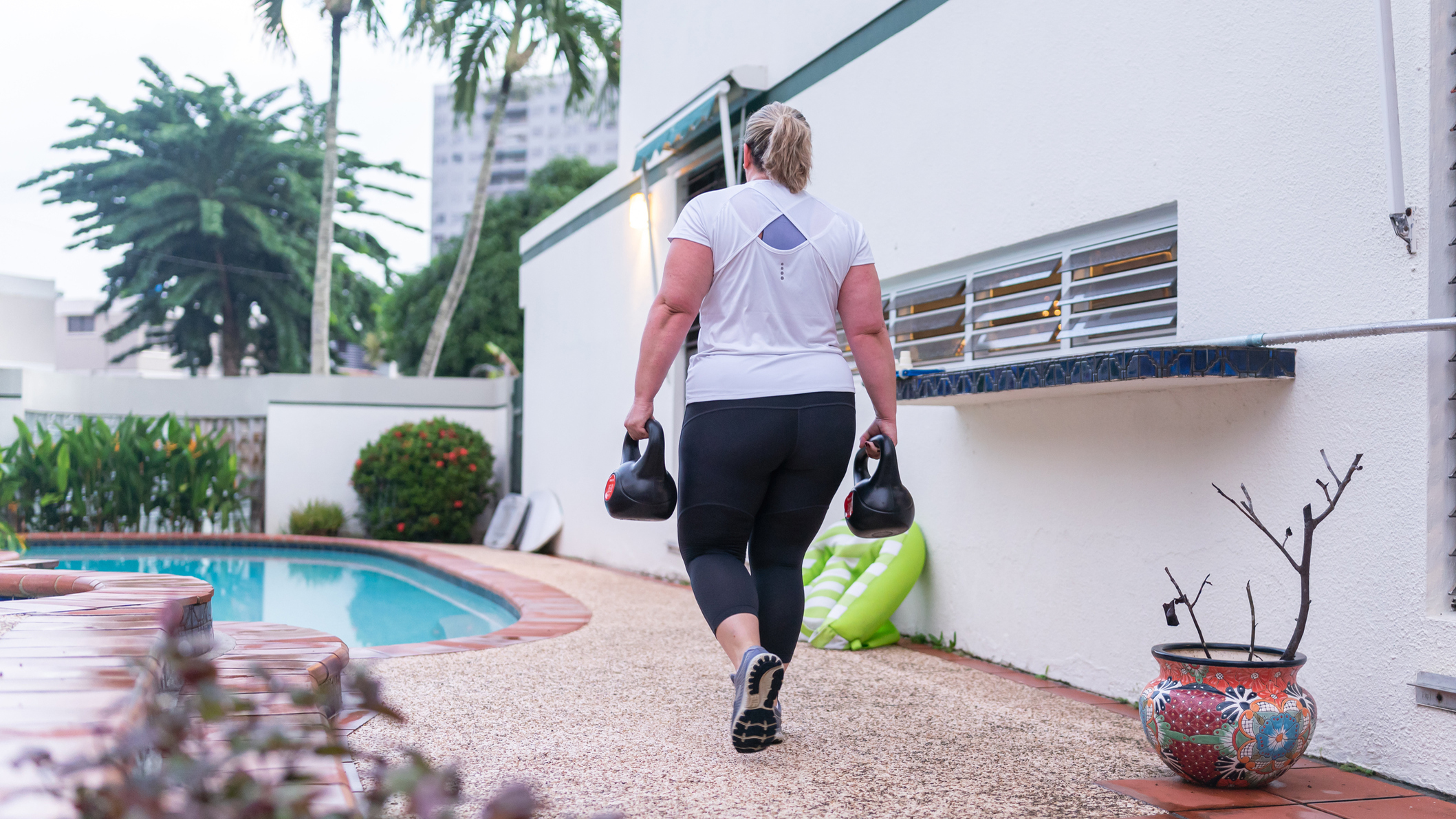
You can do a Farmer Carry with literally anything, whether that’s two water bottles or two heavy kettlebells. It’s probably the simplest functional movement there is.
- Pick up your weights (think about keeping a neutral spine) and walk the predetermined distance (usually around the 20m mark).
- Pick a distance and aim to achieve that without putting the weights down.
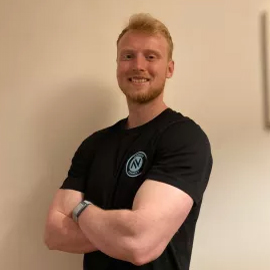
Harry Bullmore is a Fitness Writer for Fit&Well and its sister site Coach, covering accessible home workouts, strength training session, and yoga routines. He joined the team from Hearst, where he reviewed products for Men's Health, Women's Health, and Runner's World. He is passionate about the physical and mental benefits of exercise, and splits his time between weightlifting, CrossFit, and gymnastics, which he does to build strength, boost his wellbeing, and have fun.
Harry is a NCTJ-qualified journalist, and has written for Vice, Learning Disability Today, and The Argus, where he was a crime, politics, and sports reporter for several UK regional and national newspapers.